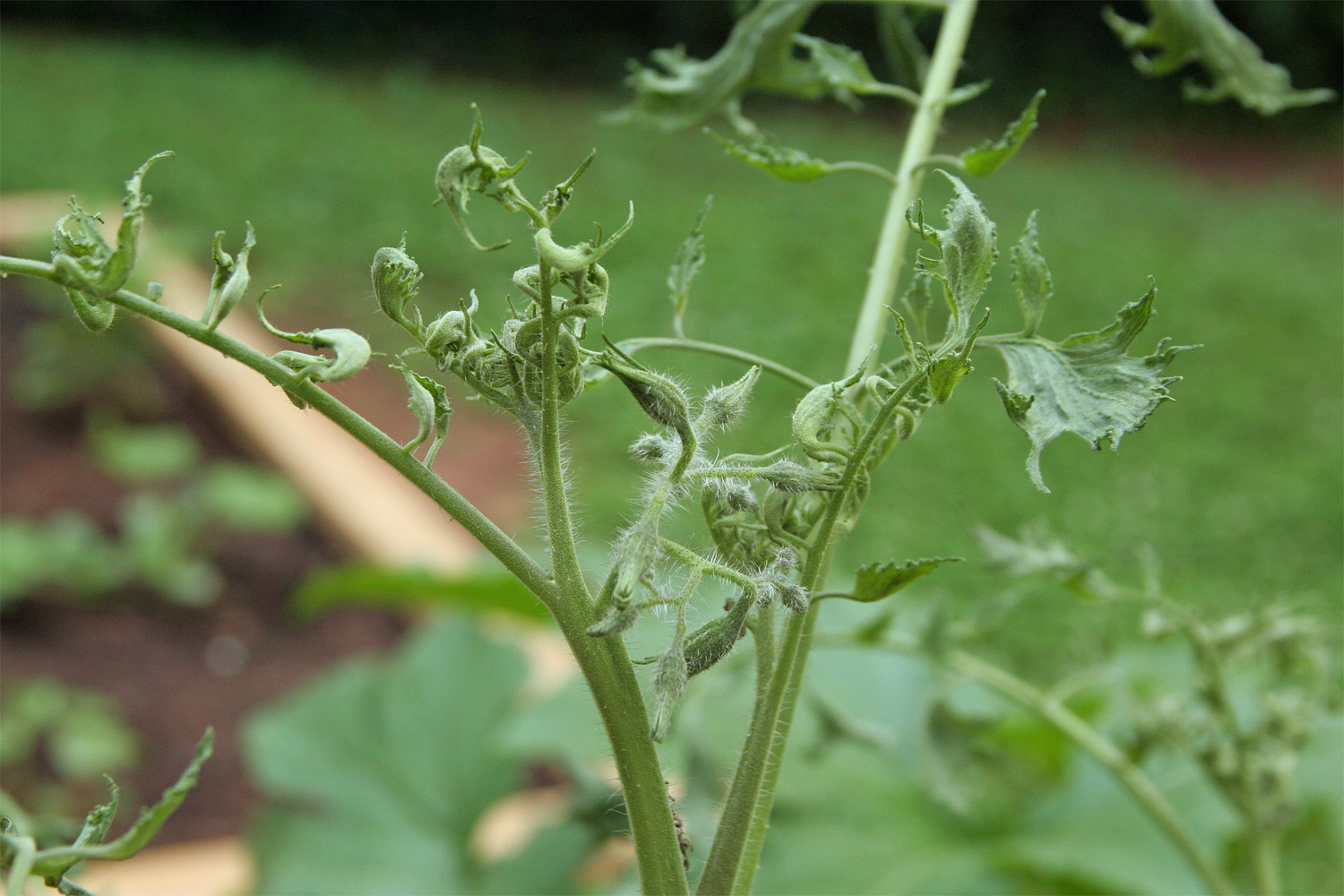

Some of were so high that they had to be rerun,” she says. “We’re finding evidence of weed killer in a lot of dogs, whether they’re cases or controls. Using this information, Trepanier compares home proximity to chemical manufacturing plants, nuclear power plants and crematoriums exposure to household paints and solvents, air fresheners, cooking fumes and secondhand smoke and exposure to weed killers glyphosate, 2,4-D and atrazine. People enrolled in the studies complete questionnaires on their dogs’ household environments provide household dust, air and water samples and submit their dogs’ urine and other samples. (Boxers are especially needed- email Lauren Trepanier to learn more.)

Trepanier is currently comparing chemical exposures in dogs with and without cancer in three ongoing studies. According to a 2013 study, Scottish terriers exposed to herbicide-treated lawns had a greater risk of cancer-up to seven times higher. “A dog who is not a member of a breed linked to a particular cancer is not immune to that cancer-or any other cancer, for that matter.”Ī 1991 study found that dogs whose owners used herbicide 2,4-D were up to 200% more likely to develop lymphoma, and despite a follow-up study with ties to the chemical industry refuting the claim, a 2012 study confirmed an increased risk. Barbara Hodges, program director of advocacy and outreach for the Humane Society Veterinary Medical Association. “Cancer is increasingly common in dogs and disturbingly, canine cancers are occurring at younger ages,” much like the increase in childhood cancers, explains Dr.

Both cancers are also common in dogs, and some breeds are diagnosed with environmental cancers at far higher rates than others, such as lymphoma in boxers and bladder cancer in beagles. Lauren Trepanier, professor of internal medicine at the University of Wisconsin-Madison School of Veterinary Medicine. For example, there are clear links between herbicide exposure and non-Hodgkin lymphoma and bladder cancer in humans, says Dr. But the pesticides and herbicides that make mass food production and smooth grass easier may negatively impact not just the ecosystem, but the health of our pets.Īll cancers arise from some combination of genes, behavioral factors and environmental influences, but some are more strongly linked to environmental factors. If you’ve ever eaten a juicy ear of corn or admired a perfectly manicured garden, you can probably thank a chemical engineer.


 0 kommentar(er)
0 kommentar(er)
